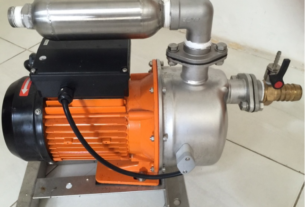It is a matter of detail in terms of editing. Every word has weight. Transporting good beef to reach the correct destination may involve a hustle when unprepared. Production transcripts fit in at this point. They record verbal words as text. They provide the editors with hours of content. Editors do not operate in the dark, as opposed to guessing. Mistakes are reduced. Time is saved.
Creativity flows with ease. Teamwork becomes smoother. Benefits by way of improved access are felt even by audiences. Transcripts of production do not just show text on a page. They serve as a guide to editors. It converts raw material into an accurate and confident polished work.
Making the Editing Process Faster
Production transcripts save hours of work. Instead of scrubbing through video or audio files repeatedly, editors can scan the text. This makes it easier to find exact moments. Whether it is a specific line, a pause, or a reaction, the transcript shows it in writing.
This simple access speeds up decision-making. Editors can mark sections, cut unnecessary parts, or highlight important moments. With a transcript in front of them, they spend less time guessing and more time shaping the story.
Reducing Costly Mistakes
Accuracy is everything in editing. A missed word or wrong cut can change the meaning of a scene. Production transcripts help avoid these errors. They provide a written record that editors can double-check at any time.
When deadlines are tight, small mistakes can slip in easily. Having a transcript reduces the risk. Editors can compare the spoken dialogue with the written version to ensure consistency. This creates a polished final product that meets high standards.
Supporting Creative Storytelling
Editing is not merely technical. It is also storytelling. A transcript will enable the editors to view the complete flow of the script. They can identify natural pauses, emotional peaks, and significant transitions. It becomes simpler to position the content in such a manner that it turns out to be interesting and attractive just to the eye.
One such example is when a documentary editor wants to find a firm quote, which can easily be found within a small period of time. A film editor can recognize such overlapping conversations that should be timed. These artistic judgments are easy to make when the transcript is a guide.
Improving Collaboration Across Teams
Most media projects involve multiple individuals. Producers, directors, and writers are associated during the editing process. A transcript of production helps keep everybody on the same page. The team members can then consult the transcript, rather than viewing the long hours of uncut footage.
It can be accessed, and activities can be responded to very fast through a mutual resource pool. A producer can point out a line that they wish to retain. A director will be able to add a note as to which scene has to be trimmed. These notes are then directly applied by the editor, and time is saved and confusion negated.
Making Content More Accessible
Production transcripts also improve accessibility. Not every team member may want to watch or listen to long clips. Reading the transcript is faster and easier. This is particularly helpful when working remotely or sharing files across departments.
Accessibility also extends to audiences. When transcripts are included, they support closed captions and subtitles. This allows more people to enjoy the content, including those with hearing difficulties. An editor who uses transcripts not only saves time but also contributes to inclusive media.



